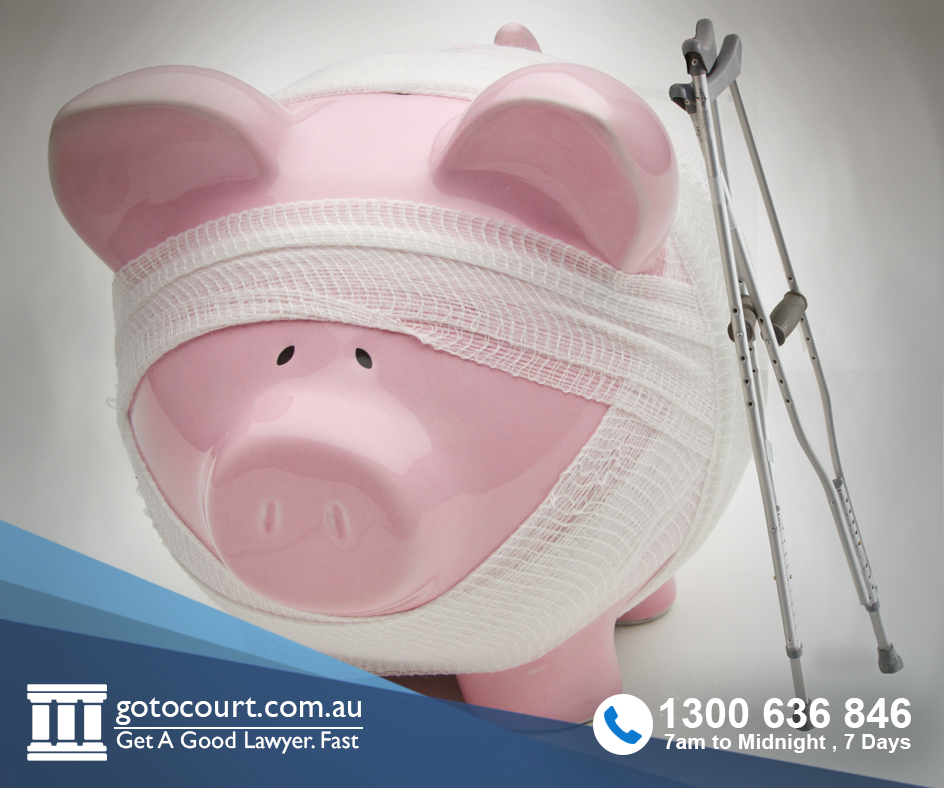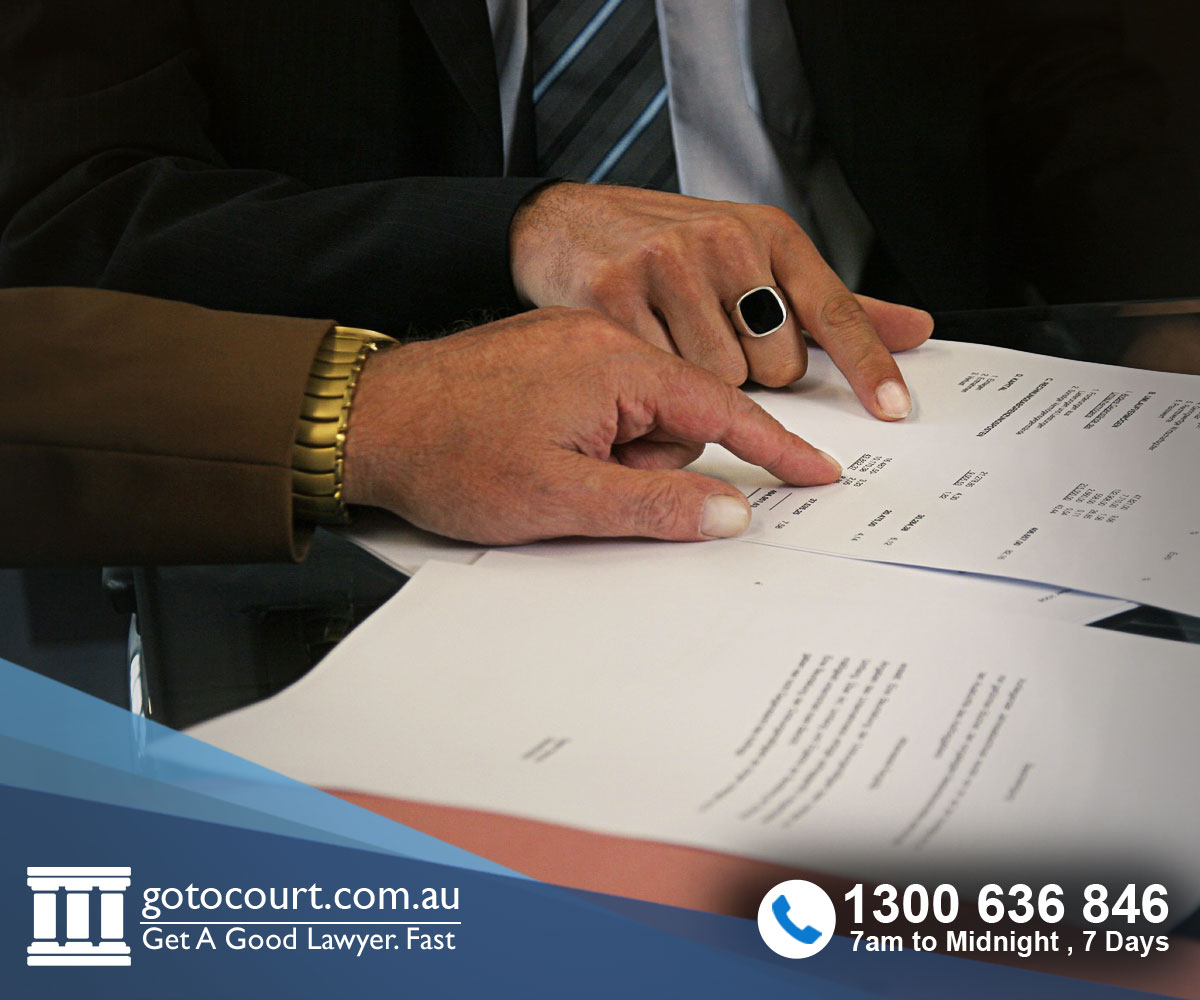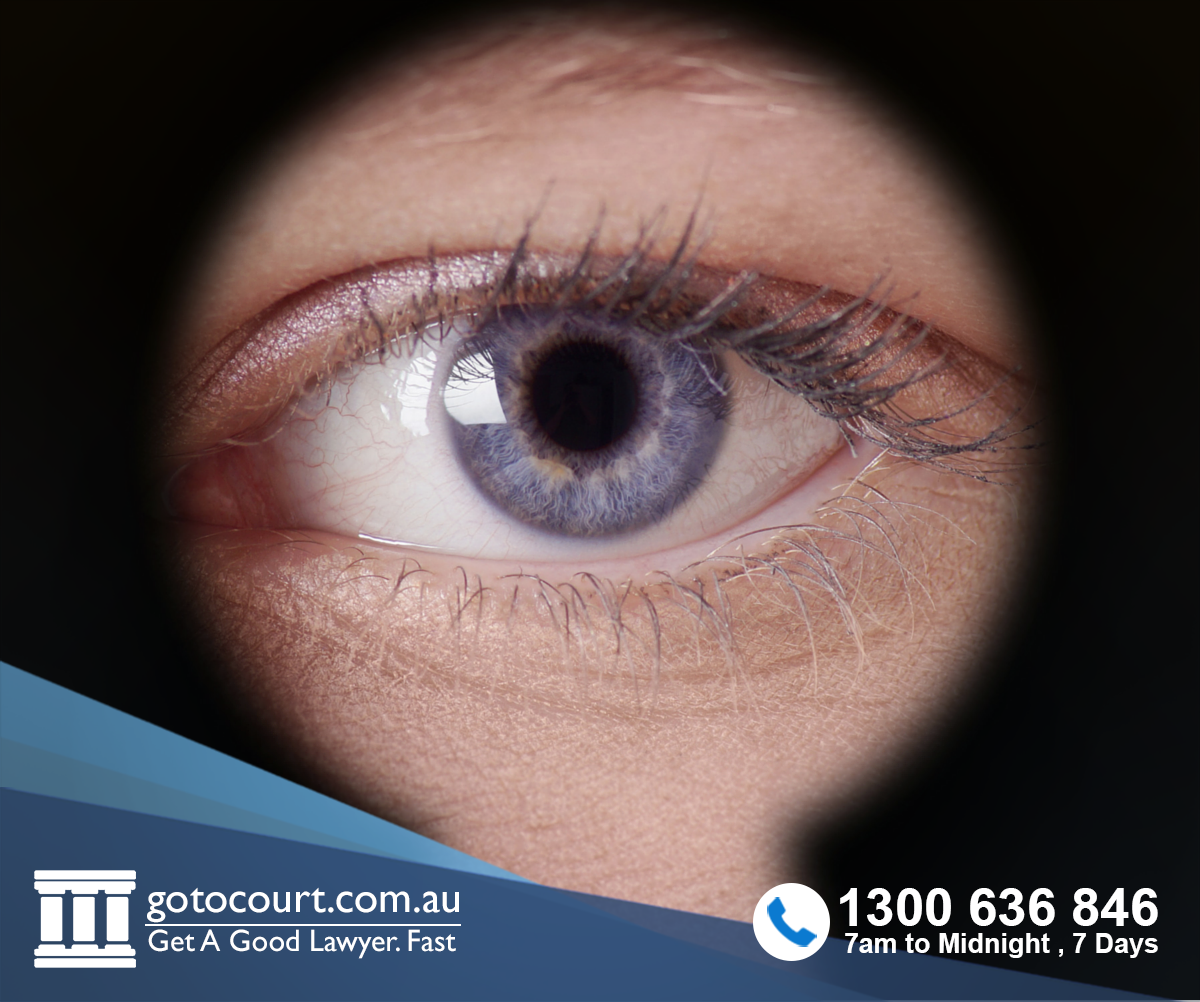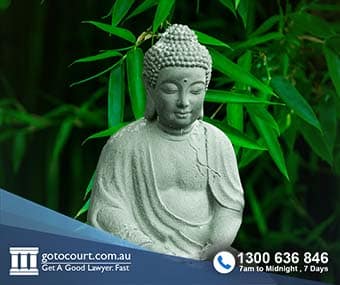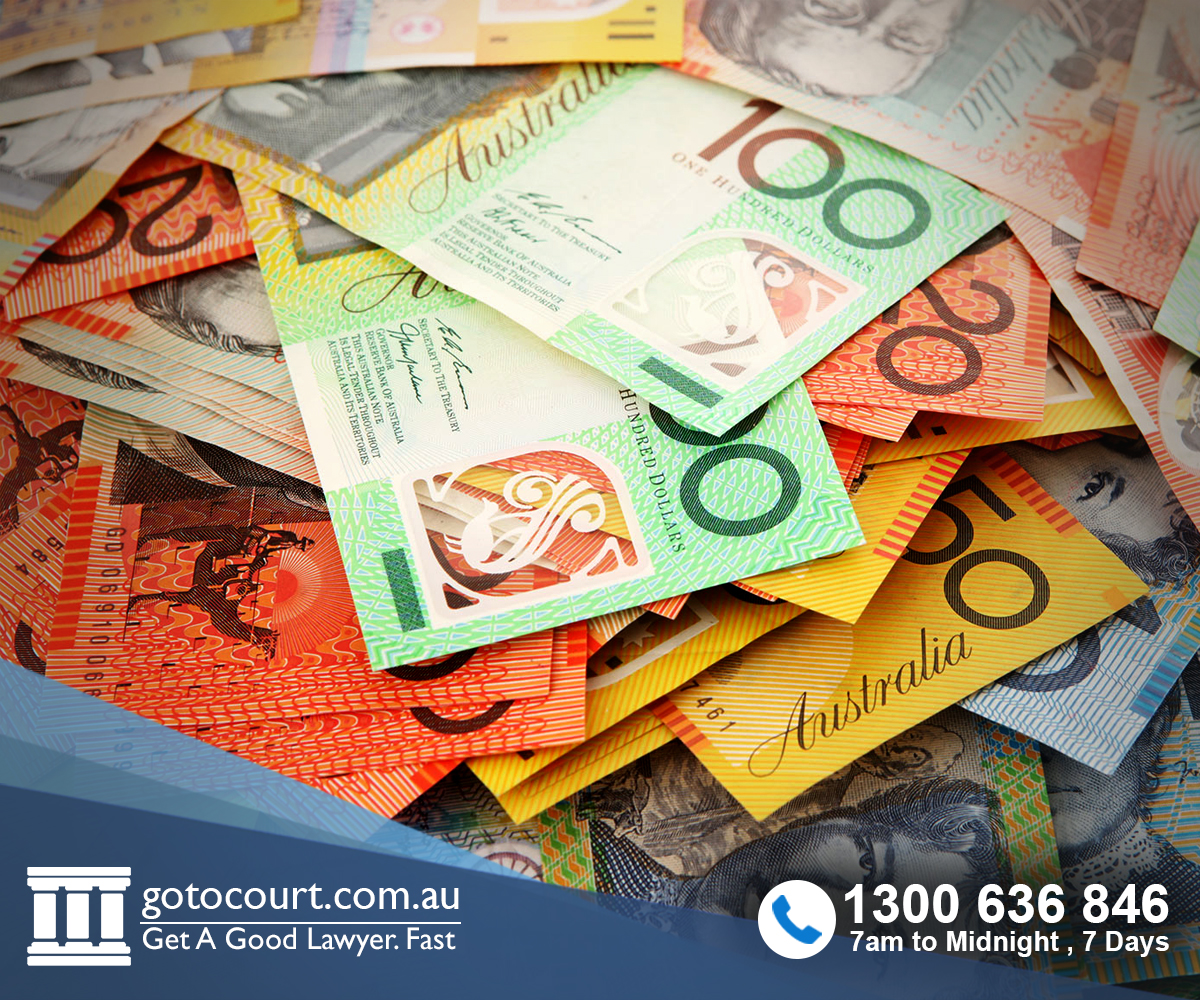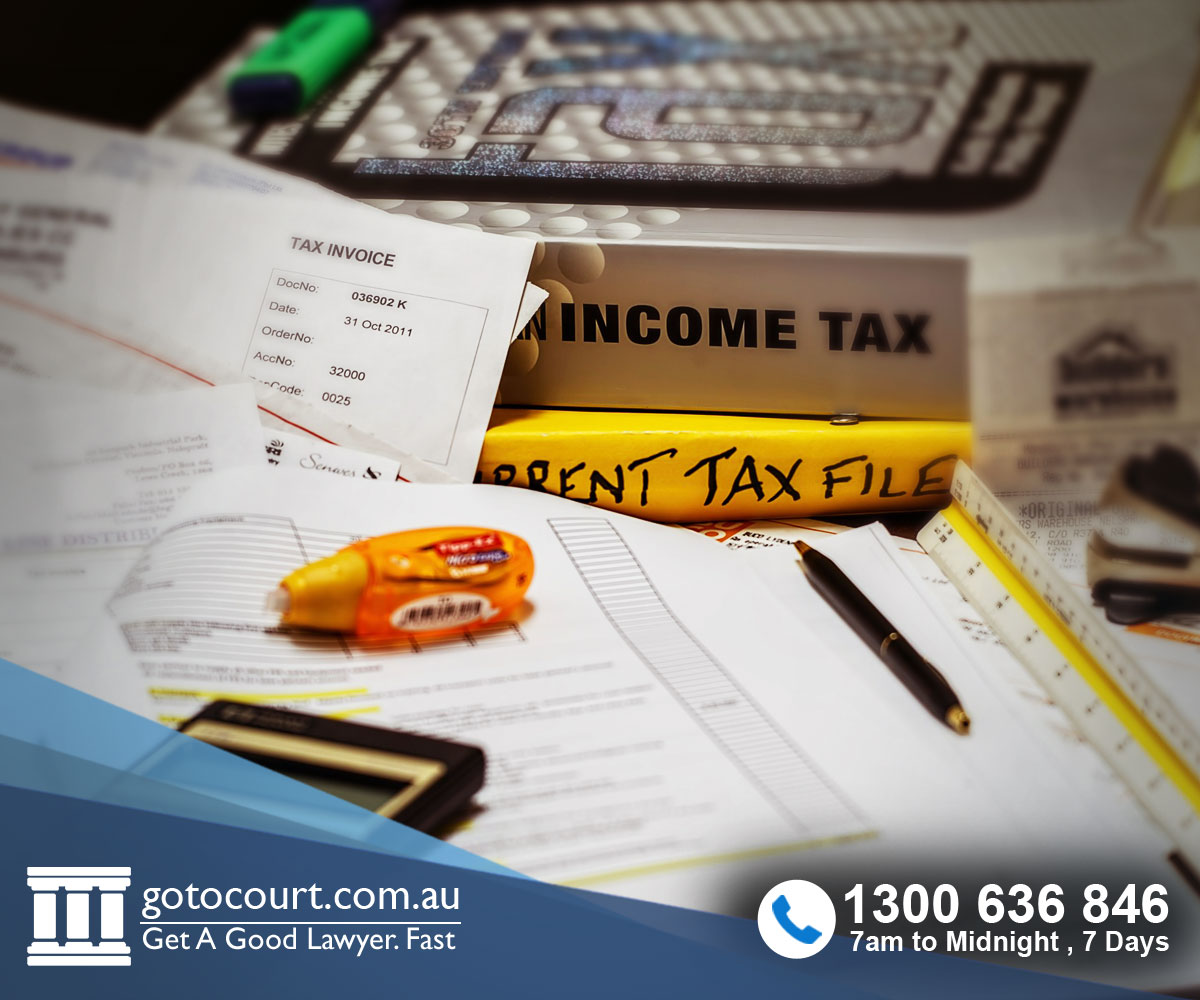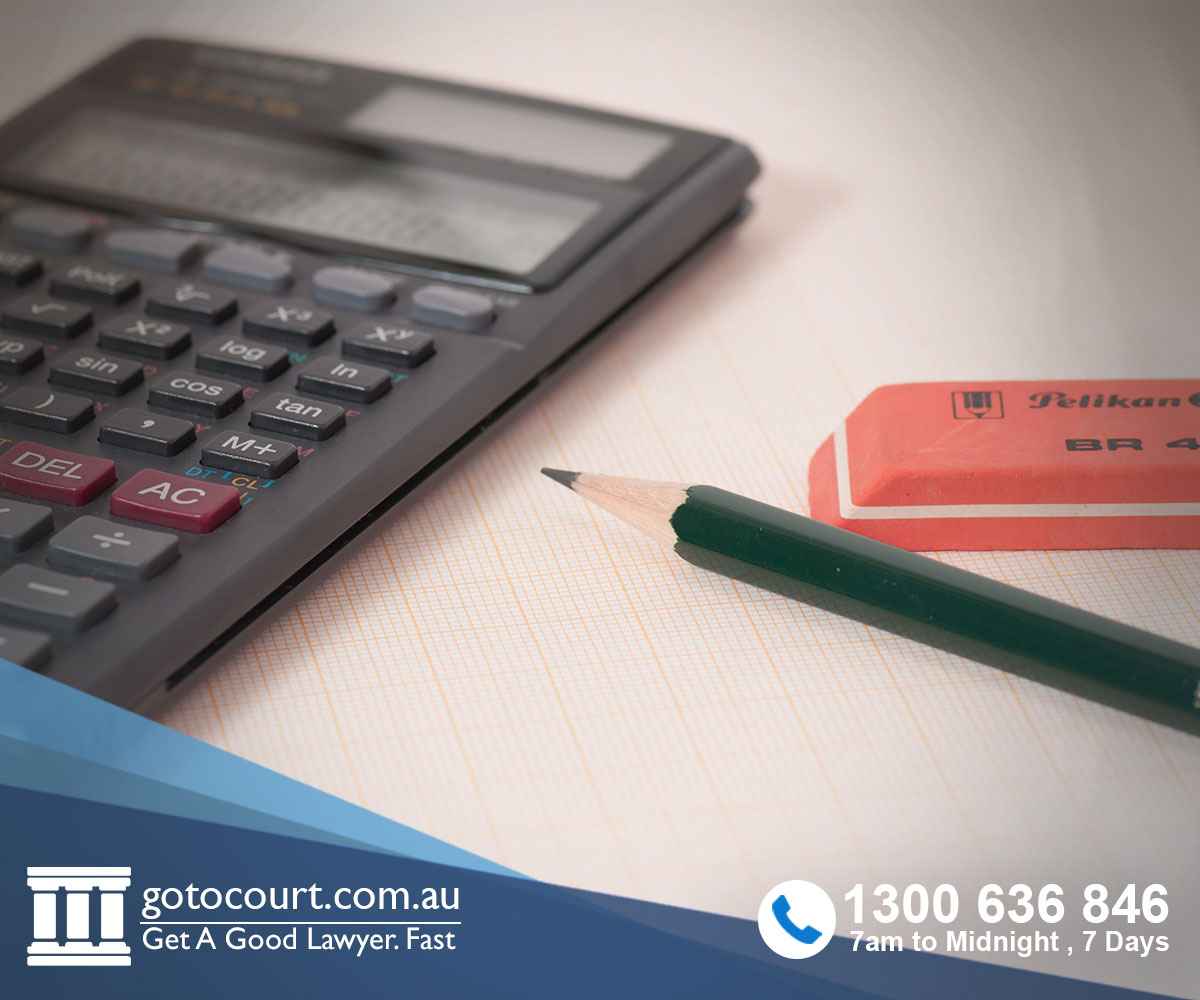Call our lawyers
now
or,
have our lawyers
call you
Trust Law in Australia
Updated on Jan 24, 2024 • 6 min read • 861 views • Copy Link
Trust Law in Australia
A trust exists when a party holds property or rights on behalf of and for the benefit of another party. The person who holds the legal title to the property or rights under the trust is called the trustee, while the person for whose benefit they are held is called the beneficiary. Historically, trusts were a way for people to avoid feudal land taxes. They were also used to allow women to have certain rights of ownership to land. Trusts were first known as ‘uses’: one person held property for the ‘use’ of another.
The main concept of a trust has not changed over time. A trustee holds property for the benefit of a beneficiary.
What is not a trust?
Sometimes it is easier to understand trusts by establishing what is not a trust.
The following are not trusts:
- Unsecured debts;
- Equitable charges;
- Conditional gifts;
- Personal equitable obligations;
- Statutory trusts;
- Phillips trusts; and
- A body corporate.
Why create a trust?
There are many reasons why a person might create a trust. The reasons could be personal or for business.
A person may wish to ensure a certain person has rights to particular property. Alternatively, there could be specific tax incentives for setting up a trust, such as the refund of imputation credits attached to dividends that are part of a trust’s annual income.
A trust cannot be used solely for the avoidance of tax. Such use of trusts may come under anti-avoidance provisions in Australia’s Income Tax Assessment Act.
One of the main benefits of creating a trust is that it imposes fiduciary obligations on the trustee.
What are fiduciary obligations?
Fiduciary obligations are a set of conduct rules which a trustee must follow. The reason why a trustee must hold true to their fiduciary obligations is to ensure they act in an honest and reasonable way, and do not use their position as trustee to benefit themselves.
A fiduciary relationship exists when a person (the ‘fiduciary’) is in a position of significant trust and confidence over another. The fiduciary relationship arises in circumstances where the fiduciary is required to place the other person’s interests before their own. The trustee-beneficiary relationship is one of the prime examples of a fiduciary relationship.
There are also many other circumstances where a fiduciary relationship exists.
Fiduciary relationship
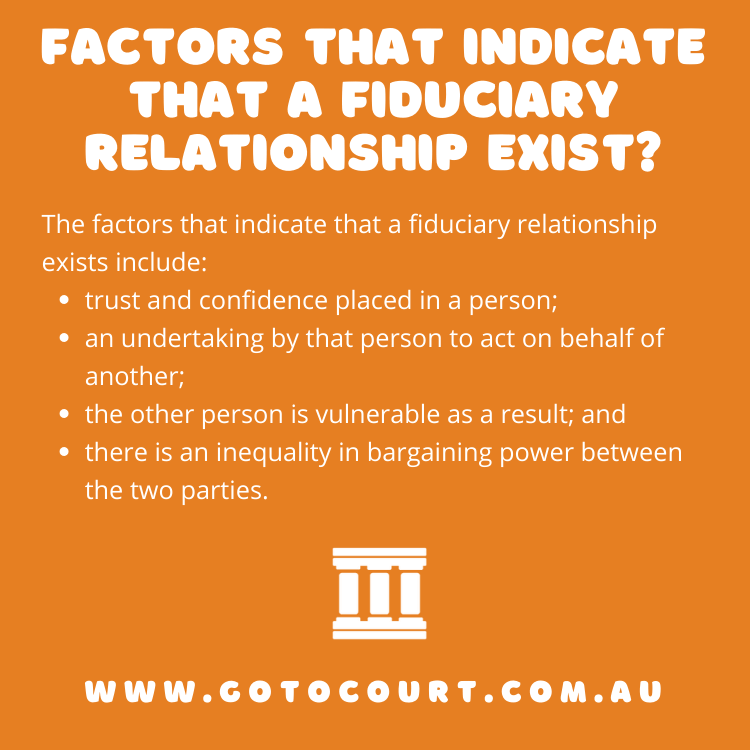
The factors that indicate that a fiduciary relationship exists include:
- trust and confidence placed in a person;
- an undertaking by that person to act on behalf of another;
- the other person is vulnerable as a result; and
- there is an inequality in bargaining power between the two parties.
A fiduciary such as a trustee will owe the beneficiary certain obligations.
These include:
- The trustee must not enter into transactions that give rise to a conflict of interest between the trustee’s personal interests and their duty owed to the beneficiary.
Example: The manager of a share portfolio must buy and sell those shares which will be of the most benefit for the trust and its beneficiaries, not just those from which the manager might earn a bigger commission.
- The trustee must account to the beneficiary for any improper gain obtained as a result of:
- a conflict of interest. Such as proceeds gained by the trustee as a result of selling a car held on trust for the beneficiary; and
- knowledge or opportunity gained as a result of their position.
What happens when there has been a breach?
A beneficiary has no legal right to trust property until the property has been legally transferred to them. However, the beneficiary has what is called an ‘equitable right’ to any property held on trust for their benefit.
This means that if a trustee has breached an obligation owed to the beneficiary, the beneficiary may commence an action in ‘equity law’ to obtain one or more of the following remedies:
- A constructive trust – a new trust that is created when the trustee has to hold any gain they obtained as a result of the breach for the benefit of the beneficiary;
- Account of profits – this is compensation in the amount of the money gained by the trustee as a result of the breach;
- Equitable compensation – this is money in the form of damages for the loss sustained by the beneficiary as a result of the breach; and / or
- Tracing – this is a remedy available in situations where a trustee has wrongfully disposed of trust property. The beneficiary is able to either accept any property acquired by the trustee or place a charge on the property acquired to the amount that was lost.
Tracing example: If a trustee purchased a house with trust money and money of his own (intermixed funds), the beneficiary can place a charge (security) over the house in the amount that was paid using the trust funds.
What are the different types of trusts?
There are two broad categories of trusts: express trusts and non-express trusts.
Express Trusts
Express trusts are intentionally created, usually by way of gift or by will.
Express trusts can be created by either:
- Declaration – when one person declares that they hold property on trust for someone else; or
- Through the transfer of property with an intention to make the recipient the beneficiary of the property.
Common forms of express trust are discretionary trusts and fixed trusts.
Although a person may be a beneficiary under a discretionary trust, they have no right to claim the trust property until they have been allocated rights by the trustee.
When the terms of an express trust clearly identify those who are to benefit from the trust and the trust property to which they are entitled, it is a fixed trust.
Non-Express Trusts
As suggested in the title, non-express trusts are not intentionally created. Instead, they arise as a result of a particular act or circumstance.
There are two main types of non-express trusts:
- Resulting trust – this usually arises when one person pays for a property held by another.
Example: person A purchases a car but registers it in B’s name. B is considered to hold the property on trust for A. There is a presumption in law that it was not intended to be a gift unless it is argued otherwise.
- Constructive trust – this usually arises as a result of a breach of fiduciary duty which creates a new trust over profits or property obtained as a result of the breach.
Example: Person C steals a sum of money from D and uses it to purchase a house. C will be deemed to be holding the house as a constructive trust for the benefit of D.
If you require legal advice or representation in any legal matter, please contact Go To Court Lawyers.
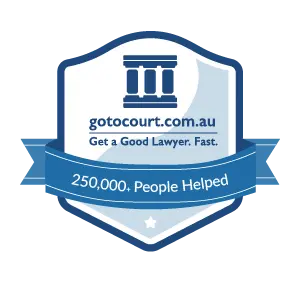
Affordable Lawyers
Our Go To Court Lawyers will assist you in all areas of law. We specialise in providing legal advice urgently – at the time when you need it most. If you need a lawyer right now, today, we can help you – no matter where you are in Australia.How It Works

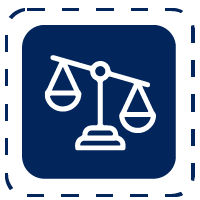





1. You speak directly to a lawyer
When you call the Go To Court Legal Hotline, you will be connected directly to a lawyer, every time.


2. Get your legal situation assessed
We determine the best way forward in your legal matter, free of charge. If you want to go ahead and book a face-to-face appointment, we will connect you with a specialist in your local area.


3. We arrange everything as needed
If you want to go ahead and book a fact-to-face appointment, we will connect you with a specialist in your local area no matter where you are and even at very short notice.




